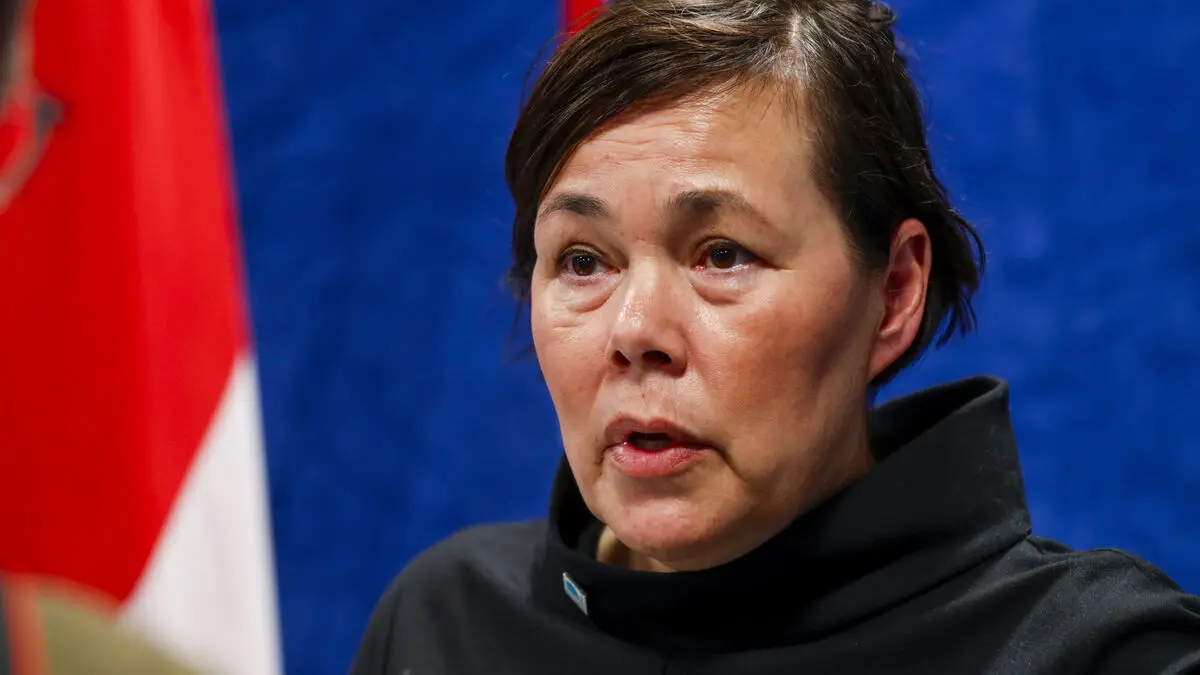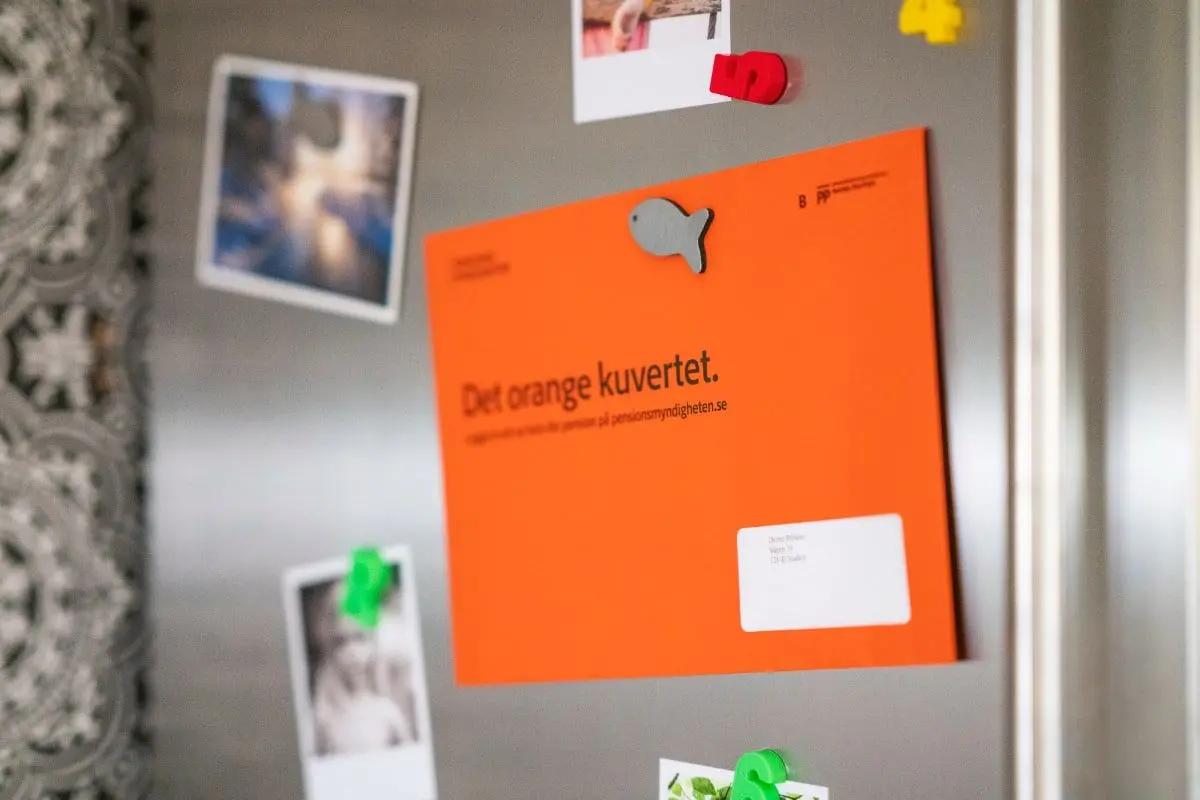The criticism was powerful before the new Nordic method of more efficiently calculating and thereby obtaining more power transmission was put into operation on October 28. Swedish electricity consumers would be the losers with higher prices as a result.
The price effect so far is uncertain. But one thing is clear: the purpose of so-called flow-based capacity transmission has been achieved, according to Erik Ek, strategic operations manager at Svenska kraftnät.
There has been a lot of water in the reservoirs in northern Sweden. And that we have been able to run 30 percent more and get the power down to southern Sweden is just fantastic, he says.
The entire increase cannot be attributed to the new technology alone. There have also been fewer disruptions in the transmission system, and there have been large surpluses of water in the north.
Electricity across
Even in the west-east direction, electricity flows have increased significantly in recent weeks. According to Erik Ek, wind power can thereby extract more electricity production from a windy low-pressure system that wanders, usually northeast, over the Nordic region. When it blows the most in the west one day, the electricity can be driven towards the east. The next day, it blows the most in the east and the wind power can then wander in the other direction.
The purpose is to have a model that ensures that you get the benefits of the more variable electricity production, says Erik Ek.
For with a more weather-dependent electricity system, transmission capacity becomes increasingly crucial and the price varies more simultaneously.
Most expensive since 2023
But it's hard to say anything certain about what the first month with the flow-based system has had for an effect, as other factors also play in.
With just a few days left of November, the month looks set to be the most expensive in southern Sweden (electricity area 4) since the first half of 2023.
What we can say is that we have transferred much more electricity to southern Sweden. So the highest prices have become lower. That's what the model's optimization is, says Erik Ek.
The largest explanatory factors are how windy it is and consumption.
If you add them up and add the electricity price, you get a perfect correlation.
Up to and including November 27, the monthly price is:
Approximately 84 öre/kWh in electricity area 4 (southern Götaland), highest since June 2023
65 öre in electricity area 3 (northern Götaland and Svealand), highest since January 2024
17 öre in electricity area 2 (southern and central Norrland), highest since July 2024
24 öre in electricity area 1 (northern Norrland), highest since June 2024
The prices refer to the spot price on the Nord Pool electricity exchange. On top of this, electricity tax, VAT, electricity traders' surcharges, and electricity grid fees of over one krona/kWh are added.






